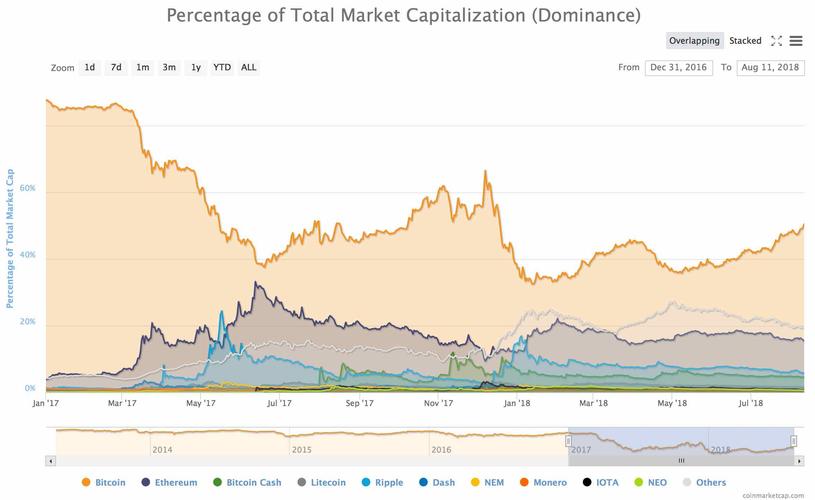bitcoin blockchain,Understanding the Bitcoin Blockchain: A Detailed Overview
Understanding the Bitcoin Blockchain: A Detailed Overview
The Bitcoin blockchain is a revolutionary technology that has transformed the way we perceive and interact with digital currencies. As you delve into this fascinating world, it’s crucial to understand its various dimensions. Let’s embark on a journey to explore the intricacies of the Bitcoin blockchain, from its origins to its potential future.
Origins and Evolution
Launched in 2009 by an anonymous entity known as Satoshi Nakamoto, Bitcoin introduced the world to the concept of a decentralized digital currency. The blockchain, a public ledger of all transactions, was the cornerstone of this innovative system. Over the years, the Bitcoin blockchain has evolved, with numerous improvements and updates aimed at enhancing its security, scalability, and efficiency.

How the Blockchain Works
The Bitcoin blockchain operates on a peer-to-peer network, where participants, known as nodes, communicate with each other to validate and record transactions. Here’s a simplified breakdown of the process:
-
Transactions are broadcasted to the network.
-
Nodes validate the transactions using cryptographic algorithms.
-
Once validated, the transactions are grouped into blocks.

-
New blocks are added to the blockchain, creating a chain of blocks.
Each block contains a unique hash, which is generated using the cryptographic algorithm SHA-256. This hash ensures the integrity of the blockchain, as any alteration in the data would result in a different hash, rendering the block invalid.
Security and Decentralization
One of the most significant advantages of the Bitcoin blockchain is its security. The decentralized nature of the network makes it nearly impossible for a single entity to control or manipulate the system. Here’s how it works:
-
Transactions are verified by nodes across the network.
-
Consensus is achieved through a process called Proof of Work (PoW), where nodes compete to solve complex mathematical puzzles.
-
The first node to solve the puzzle gets to add a new block to the blockchain and is rewarded with Bitcoin.
This consensus mechanism ensures that the network remains secure and decentralized, as it requires a significant amount of computational power to alter the blockchain. Additionally, the transparency of the blockchain allows anyone to verify transactions and monitor the network’s activity.
Scalability Challenges
While the Bitcoin blockchain has proven to be secure and decentralized, it has faced scalability challenges. The current limit of 1 MB per block has led to network congestion and slower transaction speeds. Here are some of the proposed solutions:
-
Segregated Witness (SegWit): This update allows for more transactions to be included in each block, improving scalability.
-
Layer 2 solutions: These are secondary networks built on top of the Bitcoin blockchain, such as the Lightning Network, which aim to increase transaction throughput.
-
Bitcoin Improvement Proposals (BIPs): These are proposals for improving the Bitcoin network, including increasing the block size limit.
Impact on the Financial Industry
The Bitcoin blockchain has had a profound impact on the financial industry. Its decentralized nature has sparked discussions on the future of banking, with many institutions exploring blockchain technology for various applications. Here are some of the key impacts:
-
Disintermediation: The blockchain allows for peer-to-peer transactions, reducing the need for intermediaries such as banks.
-
Transparency: The transparent nature of the blockchain makes it easier to track and verify transactions.
-
Security: The decentralized and secure nature of the blockchain has made it an attractive option for financial institutions looking to enhance their security measures.
Future Prospects
The future of the Bitcoin blockchain is uncertain, but it remains a topic of intense interest. Here are some potential developments:
-
Adoption of blockchain technology by more industries.
-
Further improvements in scalability and efficiency.
-
The rise of alternative cryptocurrencies and blockchain platforms.
As you continue to explore the Bitcoin blockchain, remember that it’s a complex and evolving technology. Keep an open mind and stay informed about the latest developments to fully grasp its potential impact on the world.





